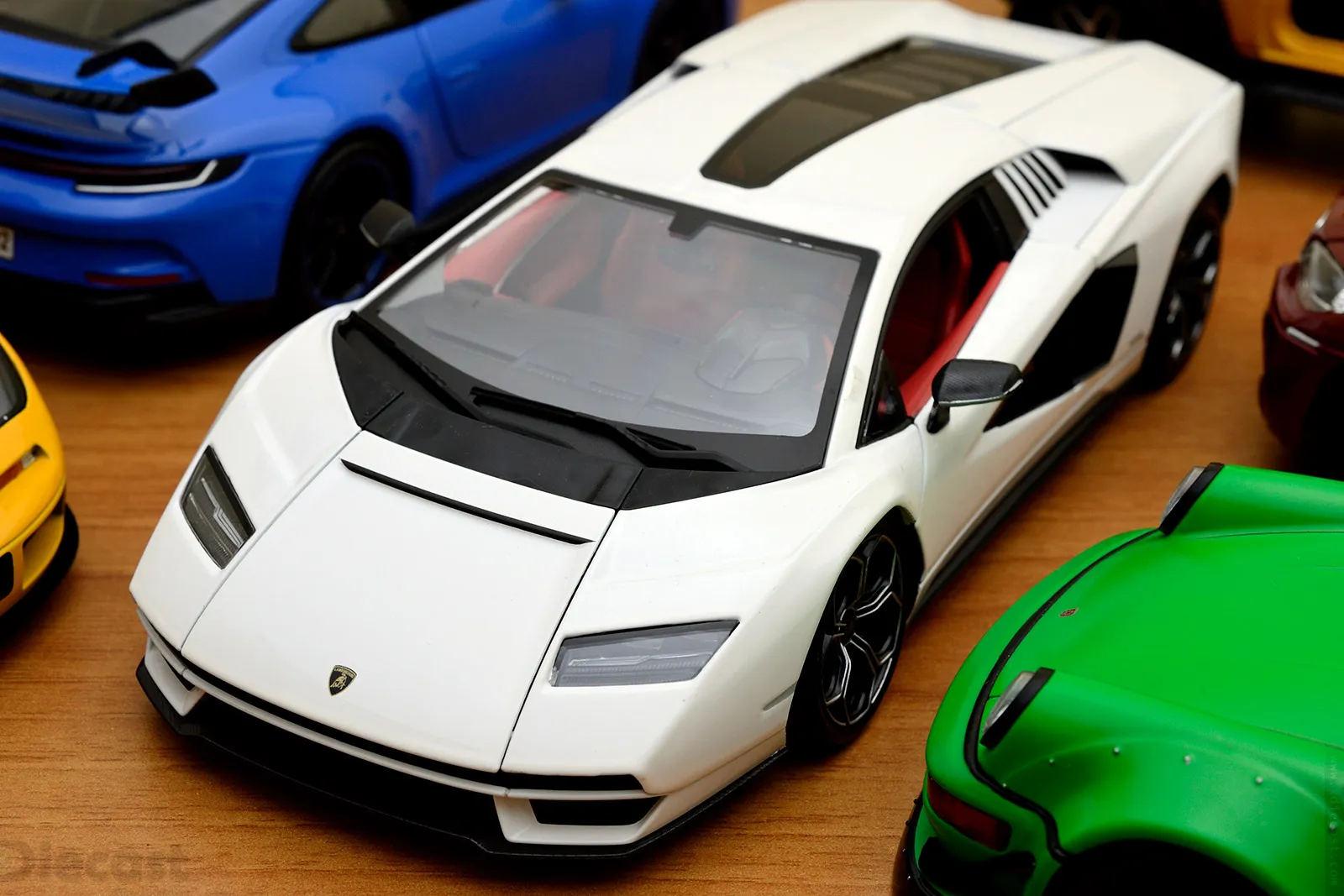The Allure of Cars Diecast
Cars diecast models have long captivated enthusiasts of all ages, offering a tangible link to the automotive world. These miniature marvels, crafted with precision and detail, represent a diverse range of vehicles, from classic vintage cars to modern supercars and everything in between. The appeal of cars diecast lies in their ability to evoke nostalgia, celebrate engineering achievements, and provide an accessible way to collect and appreciate iconic automobiles. Whether displayed on shelves, raced on tracks, or simply admired for their craftsmanship, diecast cars offer a unique blend of artistry, history, and passion, making them a cherished hobby for millions worldwide. Their enduring popularity is a testament to the timeless fascination with cars and the enduring appeal of collecting.
The Origins of Cars Diecast
The history of cars diecast is a fascinating journey through the evolution of manufacturing techniques and the changing landscape of the automotive industry. The origins can be traced back to the early 20th century, when toy manufacturers began experimenting with metal casting to create more durable and detailed miniature vehicles. These early diecast models were relatively crude compared to the intricate designs of today, but they laid the foundation for the industry that would flourish in the decades to come. As technology advanced, so did the quality and complexity of diecast cars, with brands constantly pushing the boundaries of realism and detail. This progress not only enhanced the collecting experience but also influenced broader design and manufacturing trends, shaping how we view and interact with miniature cars.
Early Beginnings
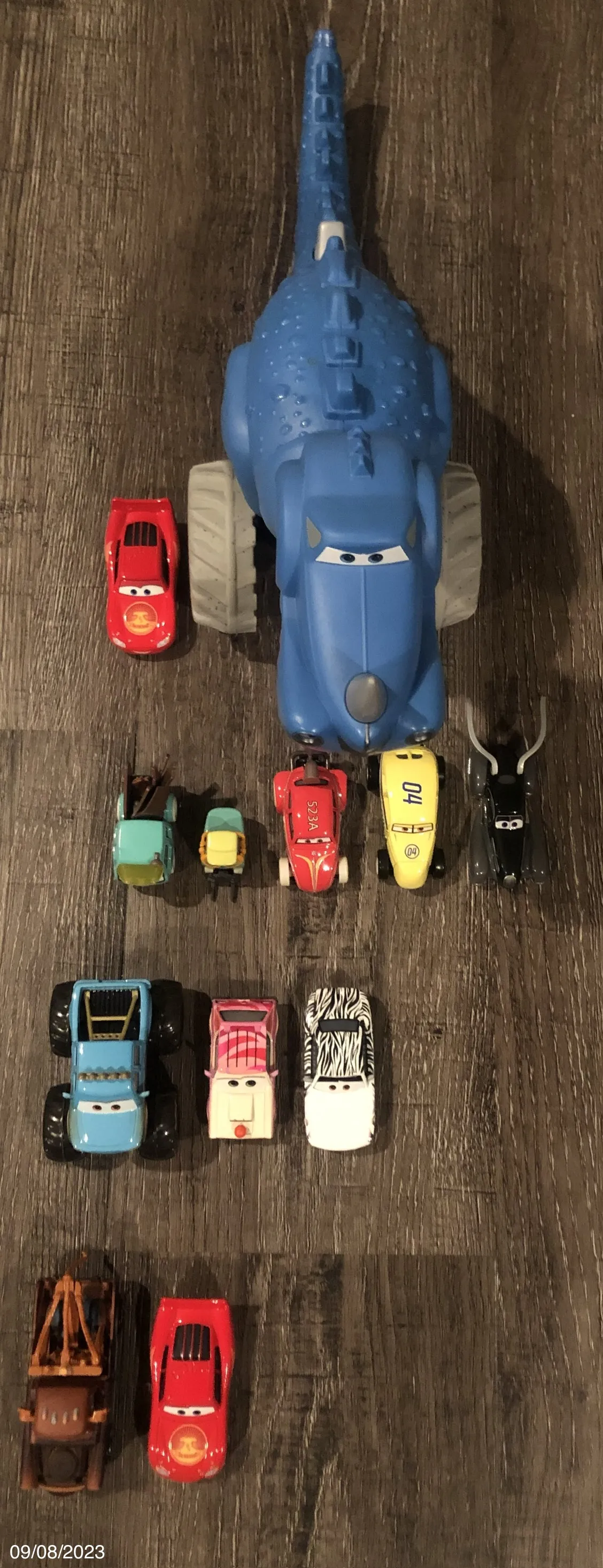
The very first diecast cars were born out of a need for more robust and detailed toy vehicles. Before the advent of die-casting, toys were often made of wood or pressed tin, lacking the durability and intricacy possible with metal. The early adopters of die-casting technology realized the potential to create more realistic models that could withstand the rigors of play. These early models, primarily manufactured in the interwar years, were simple but paved the way for the more sophisticated designs that would emerge. The initial focus was on creating affordable toys for children, but these models also served as early examples of the kind of detail and accuracy that would come to define the diecast hobby.
Evolution of Scale and Detail
Over time, diecast car production evolved significantly in both scale and detail. Early models were typically produced in larger scales, such as 1:18 or 1:24, allowing for greater detail. As manufacturing processes improved and consumer demand increased, the industry shifted to smaller scales, such as 1:43 and 1:64, which enabled more extensive collections and easier storage. The level of detail also saw dramatic improvements, with manufacturers incorporating features such as opening doors, detailed interiors, realistic paint finishes, and finely crafted engines. This evolution reflects not only technological advancements but also the growing sophistication of the collecting hobby, where enthusiasts seek ever-greater realism and accuracy in their models.
Top 7 Facts About Cars Diecast
Fact 1: The Variety of Scales
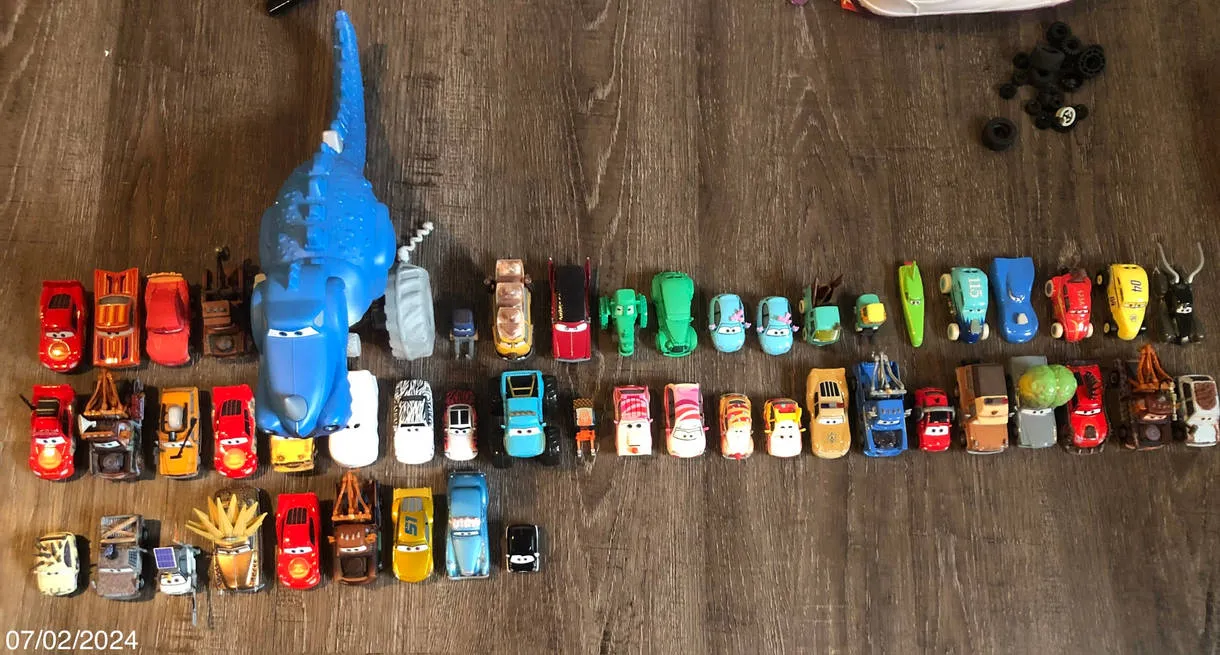
One of the most fascinating aspects of cars diecast is the variety of scales in which they are produced. Scales like 1:18, 1:24, 1:43, and 1:64 are the most common. Each scale offers a different level of detail and allows collectors to curate a diverse collection based on their preferences and available display space. Larger scales offer more intricate details and features, while smaller scales are ideal for creating expansive collections without requiring a lot of space. The choice of scale often comes down to personal preference, budget, and the specific cars a collector wants to acquire, making this diversity a key element of the hobby’s appeal.
Fact 2: Materials Used in Production
Cars diecast models are typically made using a combination of materials, with die-cast metal being the primary component. This metal alloy, usually zinc, tin, and sometimes lead, is injected into molds under high pressure to create the vehicle’s body and chassis. Other materials, like plastic, are used for windows, interior details, and sometimes for specific body parts, such as bumpers or spoilers. Rubber or plastic tires are also standard. The combination of these materials allows manufacturers to achieve a balance of durability, detail, and affordability. The quality of materials and the precision of their integration are significant factors in the value and collectibility of a diecast car.
Die-cast Metal
Die-cast metal is the heart of a diecast car, providing its weight, durability, and the ability to capture fine details. The process involves forcing molten metal into a mold, which creates a precise form of the car’s body. The use of die-cast metal allows for intricate designs, sharp edges, and realistic features that would be challenging to replicate with other materials. The specific alloy used can vary, but the goal is always to achieve a balance between strength, appearance, and manufacturing cost. The quality of the die-cast metal and the precision of the casting process are crucial factors in the overall quality of the finished model.
Plastic Components
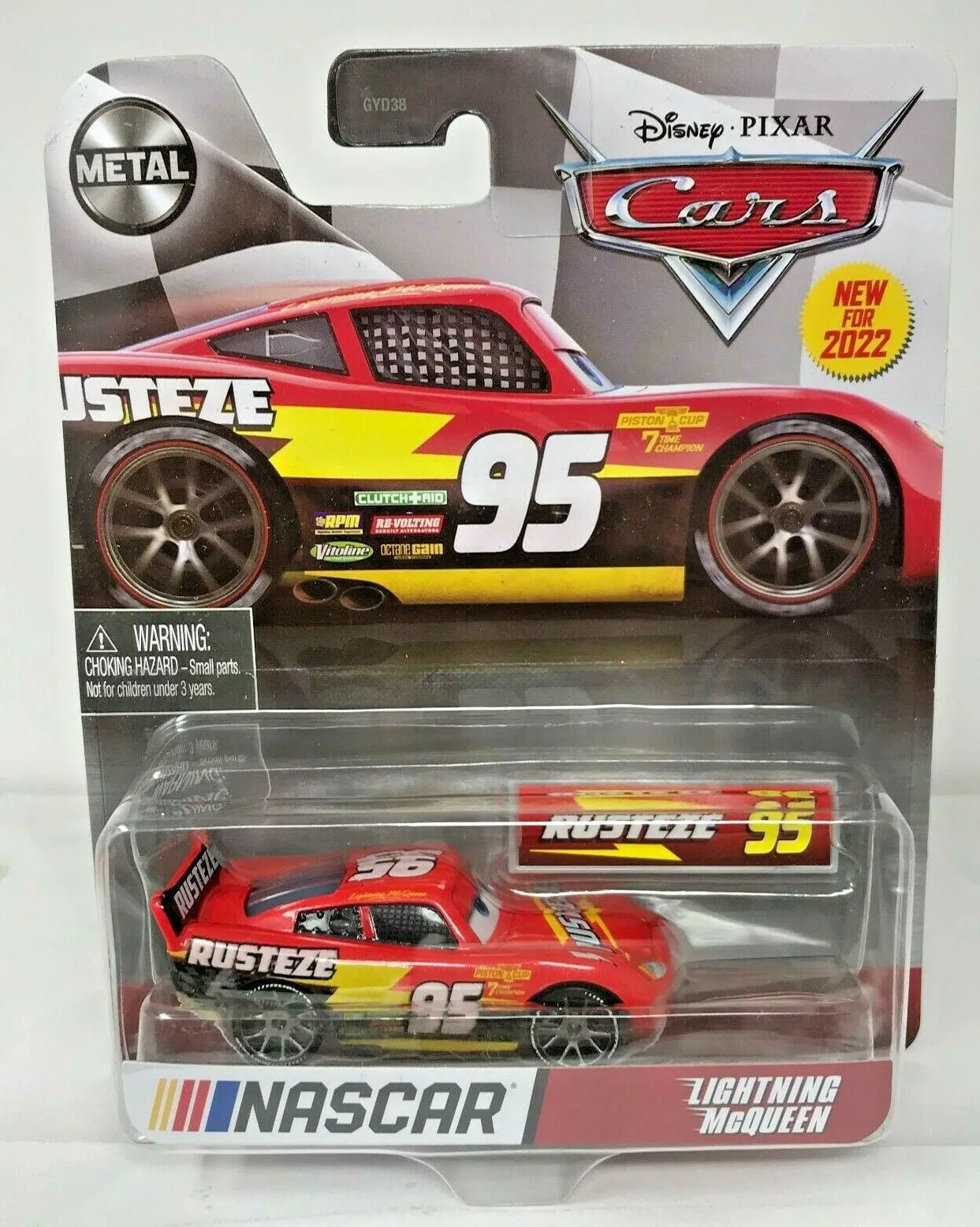
Plastic components play a critical role in a diecast car, offering versatility in design and functionality. Windows, interiors, and smaller details like lights and grilles are often made of plastic because it is easy to mold and can achieve a high level of detail. Plastic also allows for moving parts, such as opening doors or steerable wheels, adding to the model’s playability and realism. The use of plastic is often essential in creating cost-effective models that still capture a high level of visual accuracy. Advanced plastics and injection molding techniques allow for increasingly detailed and realistic plastic components, which further enhance the overall appeal of diecast cars.
Fact 3: Popular Cars Diecast Brands
The world of cars diecast boasts a rich array of brands, each known for its unique style, quality, and target market. Some of the most popular brands include Hot Wheels, known for their vibrant designs and extensive range, and Matchbox, famed for their classic cars and accessible price points. Other notable brands like Maisto, offering a balance of detail and affordability, and Autoart, known for their high-end, detailed models, cater to more serious collectors. Each brand provides a different collecting experience, with distinct styles, scales, and price ranges, creating a dynamic and diverse market that caters to all tastes and budgets. Collecting a variety of brands provides a rich collecting experience, ensuring variety and interest.
Fact 4: Limited Editions and Exclusivity
Limited editions and exclusive models are a significant part of the diecast car market, driving value and excitement among collectors. Many manufacturers release special versions of their models with unique paint schemes, enhanced details, or specific markings. These models are often produced in a limited quantity, making them highly sought after and increasing their value over time. Exclusive models, available only through specific retailers or events, add to the thrill of the hunt for collectors. This scarcity often motivates enthusiasts to seek out these rare items, building a thriving secondary market where prices can fluctuate based on demand, condition, and rarity, adding a captivating dimension to the collecting experience.
Fact 5: The Value of Cars Diecast
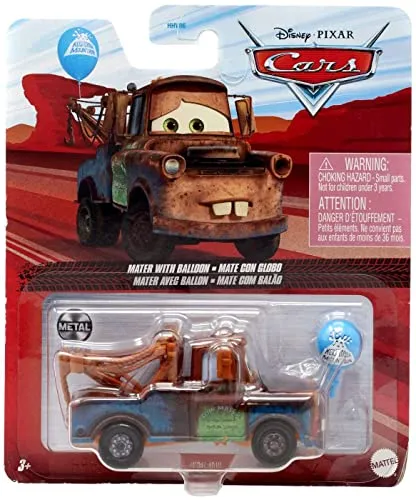
The value of cars diecast varies widely, depending on factors like rarity, condition, brand, and demand. Some common, mass-produced models hold sentimental value, while others, particularly limited editions or vintage models, can command significant prices. Factors affecting value include the model’s original price, the manufacturer, the level of detail, and the presence of any special features. Condition is crucial; a model in its original packaging is generally worth more than one that has been played with or damaged. The overall market for diecast cars is dynamic, with values fluctuating based on collector trends, the availability of specific models, and the overall economic climate. Researching models and their market value is crucial to making informed purchasing and collecting decisions.
Fact 6: Collecting Tips for Beginners
For those just starting, collecting cars diecast can be a rewarding hobby. Begin by researching different brands and scales to understand your preferences. Consider the type of vehicles you want to collect, whether it’s classic cars, modern sports cars, or a particular brand. Setting a budget will help manage your spending. Joining online communities or local clubs is a great way to learn from other collectors and discover resources. Learn about the model cars you like and consider starting with readily available models. Focus on models that appeal to you personally, not just those that are expected to increase in value. Taking care of your collection, by keeping them in a dust-free environment, can also help to protect your investment.
Fact 7: Where to Find Cars Diecast
Diecast cars are available through various channels, making them easily accessible to enthusiasts. Online retailers like Amazon, eBay, and specialty diecast stores offer a vast selection. Brick-and-mortar stores, including hobby shops, toy stores, and department stores, often carry a range of models. Local car shows, swap meets, and collector events provide great opportunities to find rare and vintage models. Building relationships with other collectors and dealers can provide access to exclusive models or rare finds. Regular browsing of these various channels ensures you stay up-to-date with new releases and special editions, adding to the thrill of the hunt.
The Future of Cars Diecast
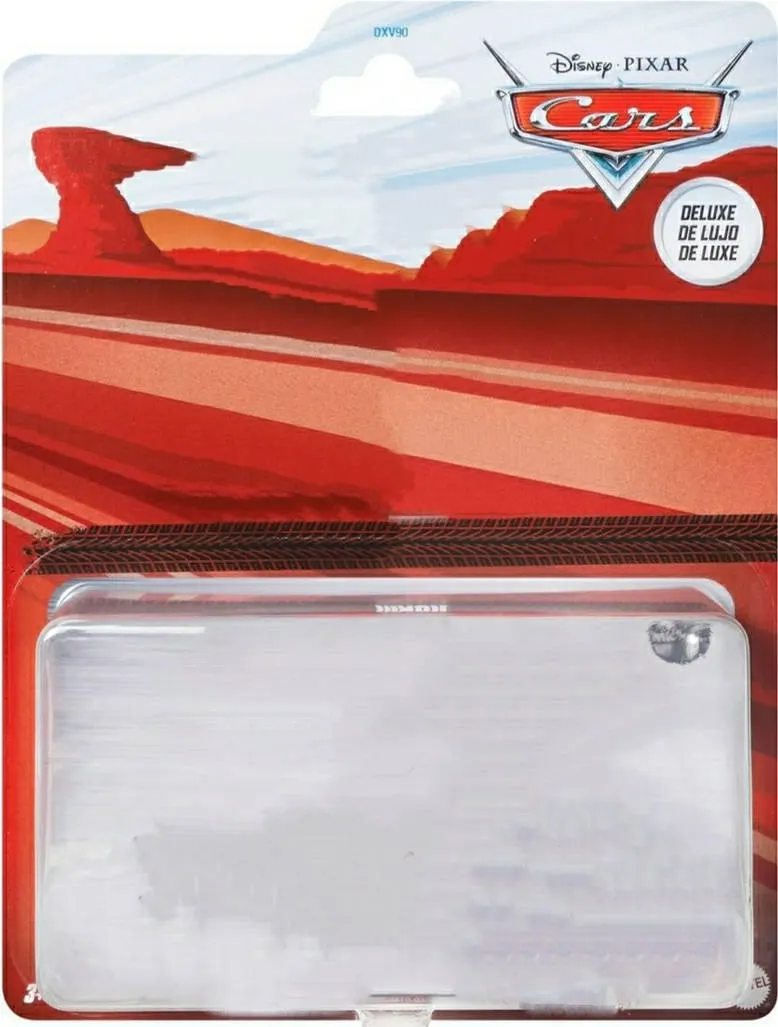
The future of cars diecast is bright, with innovation and technology continually driving the hobby forward. Advancements in 3D printing are allowing manufacturers to create highly detailed and accurate models. New materials and manufacturing techniques are leading to improved quality and durability. The rise of virtual collecting experiences, such as online model showcases and virtual car shows, is expanding the reach of the hobby and attracting new enthusiasts. The growing interest in electric and autonomous vehicles is also influencing the types of models being produced, with more emphasis on futuristic designs and technologies. With collectors always seeking new ways to enjoy and appreciate the hobby, the future of cars diecast promises to be exciting, and the market will continue to evolve.
Advancements in Technology and Design
Technology and design advancements are transforming the world of cars diecast, leading to more detailed, realistic, and interactive models. 3D printing allows for the creation of intricate designs and features that were previously impossible. Advanced painting techniques and coatings are enhancing the visual appeal. The integration of electronics, like LED lights and sound effects, adds a new level of realism. These advancements are attracting both new and existing collectors. As technology continues to evolve, the boundary between miniature models and their full-sized counterparts is blurring. These advancements not only enhance the visual appeal of the models but also create new opportunities for play, display, and interaction, ensuring the hobby continues to stay relevant.
The Collecting Community
The collecting community is a vital part of the cars diecast hobby, fostering passion, knowledge, and a sense of belonging. Online forums, social media groups, and local clubs provide platforms for collectors to share their collections, exchange information, and connect with like-minded enthusiasts. These communities often host events, such as car shows and swap meets, where collectors can buy, sell, and trade models. The community’s enthusiasm and shared passion help to preserve the history and appreciate the art of diecast collecting. The sense of belonging and the shared love of cars create a vibrant ecosystem for the diecast hobby, ensuring its continued appeal and longevity.
